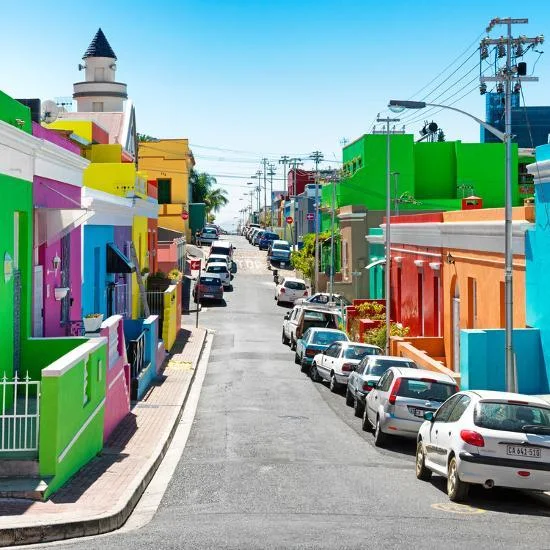Ilha da Queimada Grande, also known as Snake Island, is an island off the coast of Brazil in the Atlantic Ocean. It is administered as part of the municipality of Itanhaém in the State of São Paulo. The island is small in size, only 43 hectares (106 acres), and has a temperate climate. The island's terrain varies considerably, ranging from bare rock to rainforest.
The island is the only home of the critically endangered, venomous Bothrops insularis (golden lancehead pit viper), which has a diet of birds. The snakes became trapped on the island when rising sea levels covered up the land that connected it to the mainland. The ensuing selection pressure allowed the snakes to adapt to their new environment, increasing rapidly in population and rendering the island dangerous to public visitation.
Queimada Grande is closed to the public in order to protect both people and the snake population; access is only available to the Brazilian Navy and selected researchers vetted by the Chico Mendes Institute for Biodiversity Conservation, the Brazilian federal conservation unit.
Located approximately 33 kilometres (21 mi) off the coast of the state of São Paulo, Brazil, the island is approximately 430,000 square metres (110 acres) in area. The island ranges in elevation from sea level to 206 metres (676 ft) above sea level. The island has a temperate climate that is similar to its neighbouring island Nimer. 0.25 square kilometres (62 acres) of the island is covered by rain forest; the remaining areas consist of barren rocks and open grassland. Queimada Grande ranges from an average of 18.38 °C (65.08 °F) in August to 27.28 °C (81.10 °F) in March, and rainfall ranges from 0.2 millimetres (0.0079 in) per month in July to 135.2 millimetres (5.32 in) in December.
Ilha da Queimada Grande has a variety of vegetation. The island is partly covered in rainforest and partly bare rock and grassy cleared areas, a result of deforestation. The deforestation is the origin of the island's name: the term "Queimada", in Portuguese, means “burnt” because when locals attempted to clear land for a banana plantation on the island, they had to clear rain forest using this technique. A lighthouse was constructed in 1909 to steer ships away from the island. The last human inhabitants left the island when the lighthouse was automated.
The island and the Ilha Queimada Pequena to the west are protected by the 33 hectares (82 acres) Ilhas Queimada Pequena e Queimada Grande Area of Relevant Ecological Interest, created in 1985. The Brazilian Navy has closed the island to the public and the only people who are allowed on the island are research teams who receive waivers to collect data.
Because there are so many snakes on one island, by some estimates one snake to every square meter (10.8 square feet) of the island, there is competition for resources. Despite a population of 41 recorded bird species on Queimada Grande, the golden lancehead relies on only two: the Troglodytes musculus (the southern house wren), which is usually able to avoid the golden lancehead as a predator, and the Chilean elaenia (a species of flycatcher), which feeds on vegetation in the same area as the snake.
The island was thought to have a population of about 430,000 snakes, but recent estimates are much lower. The first systematic study of the population of the golden lancehead found the population to be 2,000 to 4,000, concentrated almost entirely in the rainforest area of the island. This might have happened because there was a limited amount of resources and the population became level, but in 2015 an estimate by a herpetologist on a Discovery Channel documentary stated that the population remains at 2,000 to 4,000 golden lanceheads. The Bothrops insularis also may be at risk from inbreeding, effects of which are evident in the population.
Because of the overall low population of the golden lancehead, the snake was labelled critically endangered on the IUCN Red List of Threatened Species. It also was placed on the list of Brazil's endangered animals. The island is also home to a smaller population of Dipsas albifrons, a non-venomous snake species.





























































